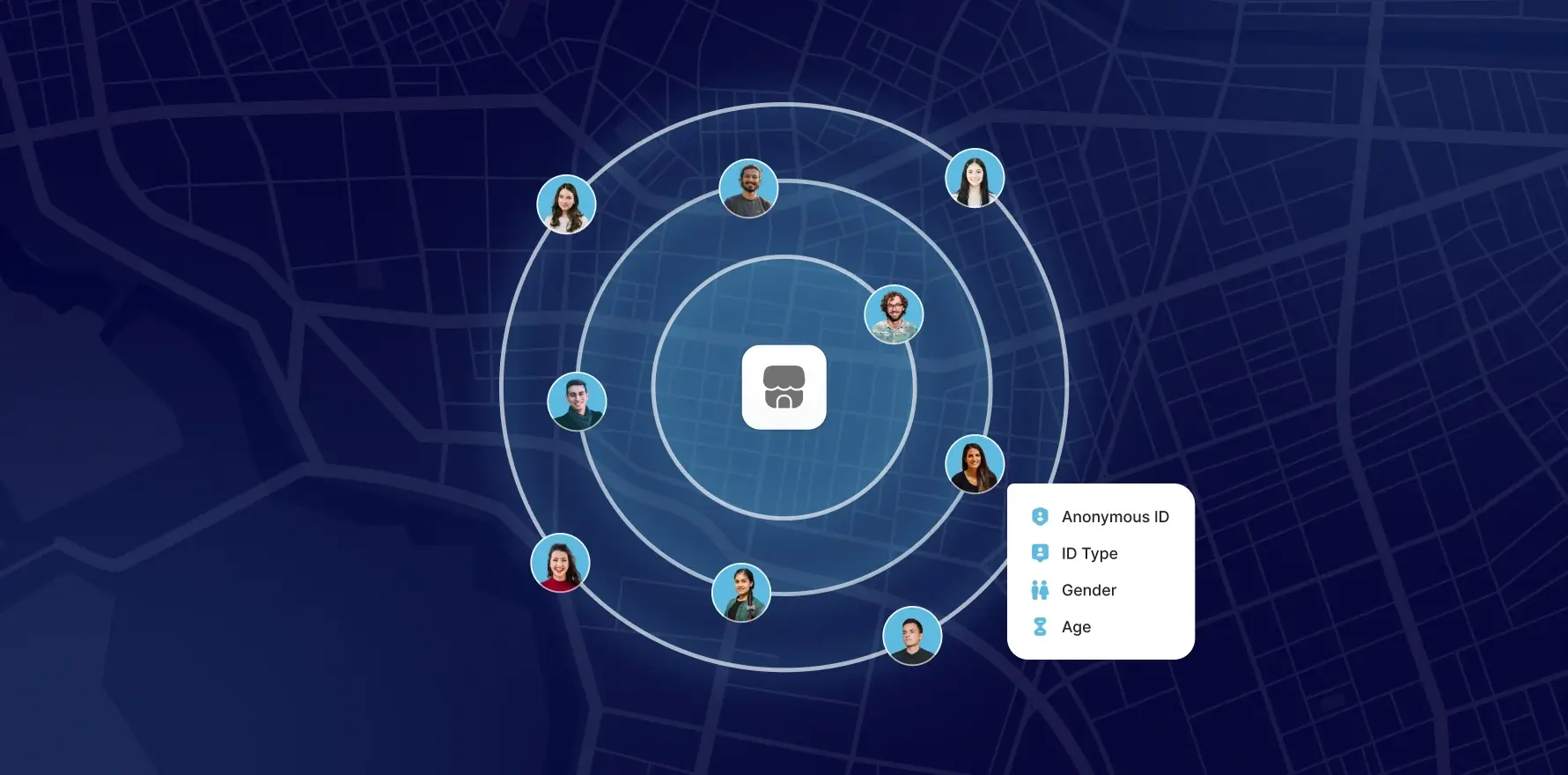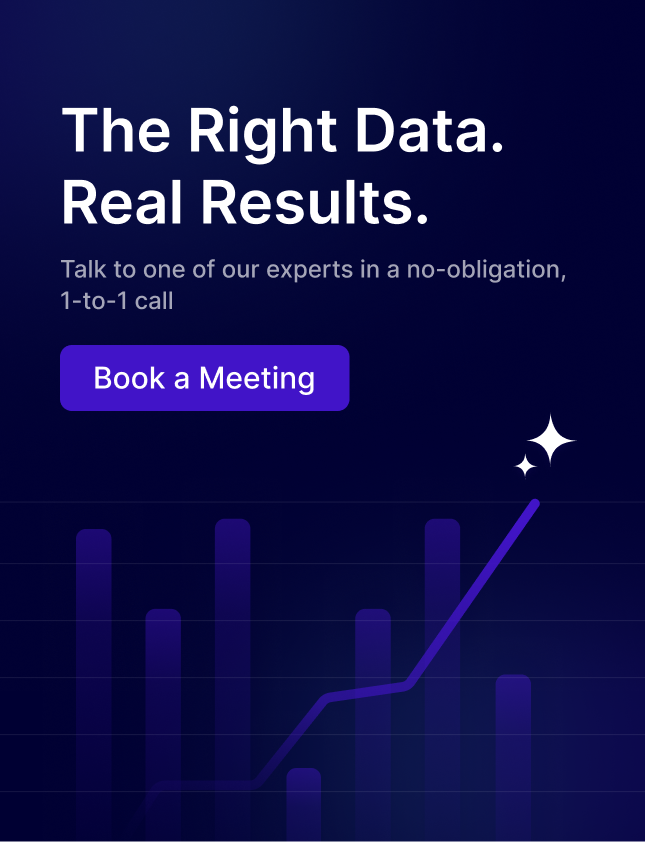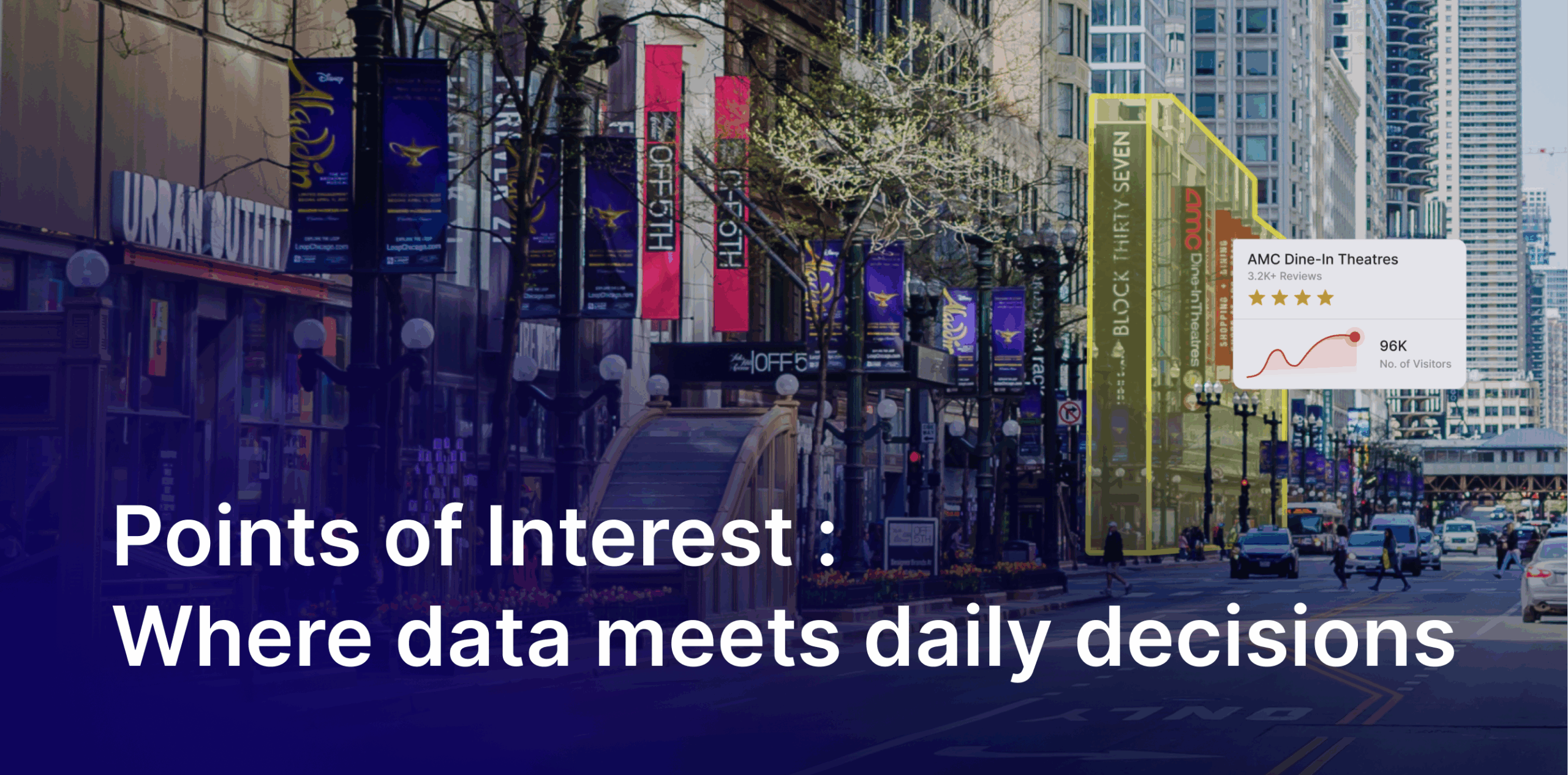In the fast-paced world of retail and e-commerce, understanding customer behavior is crucial for success. People data offers businesses deep insights into consumer preferences, shopping habits, and trends, allowing for personalized experiences that drive customer loyalty and sales. Let’s explore the impact of people data in retail and e-commerce, focusing on key use cases.
Personalized Shopping Experiences
One of the most significant impacts of people data in retail is the ability to create personalized shopping experiences. By analyzing customer demographics, purchase history, and online behavior, retailers can tailor product recommendations, promotions, and even content to individual consumers.
An online fashion retailer uses people data to recommend products based on a customer’s previous purchases and browsing behavior. By analyzing patterns and preferences, the retailer can suggest items that are more likely to appeal to the customer, leading to higher conversion rates and increased sales.
Optimizing Inventory Management
People data also plays a critical role in inventory management. By understanding consumer demand patterns and seasonal trends, retailers can optimize their stock levels, reduce overstock and stockouts, and ensure that popular products are always available.
A large grocery chain uses people data to predict when certain products are likely to see increased demand. By analyzing historical sales data and current consumer trends, the chain can proactively reorder stock before it runs out, minimizing lost sales and improving customer satisfaction.
Enhancing Customer Loyalty Programs
Loyalty programs are a powerful tool for retaining customers, and people data can take them to the next level. By analyzing customer behavior, retailers can create personalized rewards and offers that resonate with individual shoppers, increasing engagement and loyalty.
A global coffee chain uses people data to offer personalized rewards based on each customer’s buying habits. For example, a customer who frequently purchases lattes might receive a discount on their next latte purchase, while another who prefers teas might receive a tea-related offer. This personalized approach boosts customer retention and brand loyalty.
Conclusion
People data is transforming the retail and e-commerce landscape by enabling personalized shopping experiences, optimizing inventory management, and enhancing customer loyalty programs. By leveraging people data effectively, retailers can not only meet but exceed customer expectations, driving growth and profitability in a highly competitive market.
You may also like










